Owl-inspired wisdom solves mystery
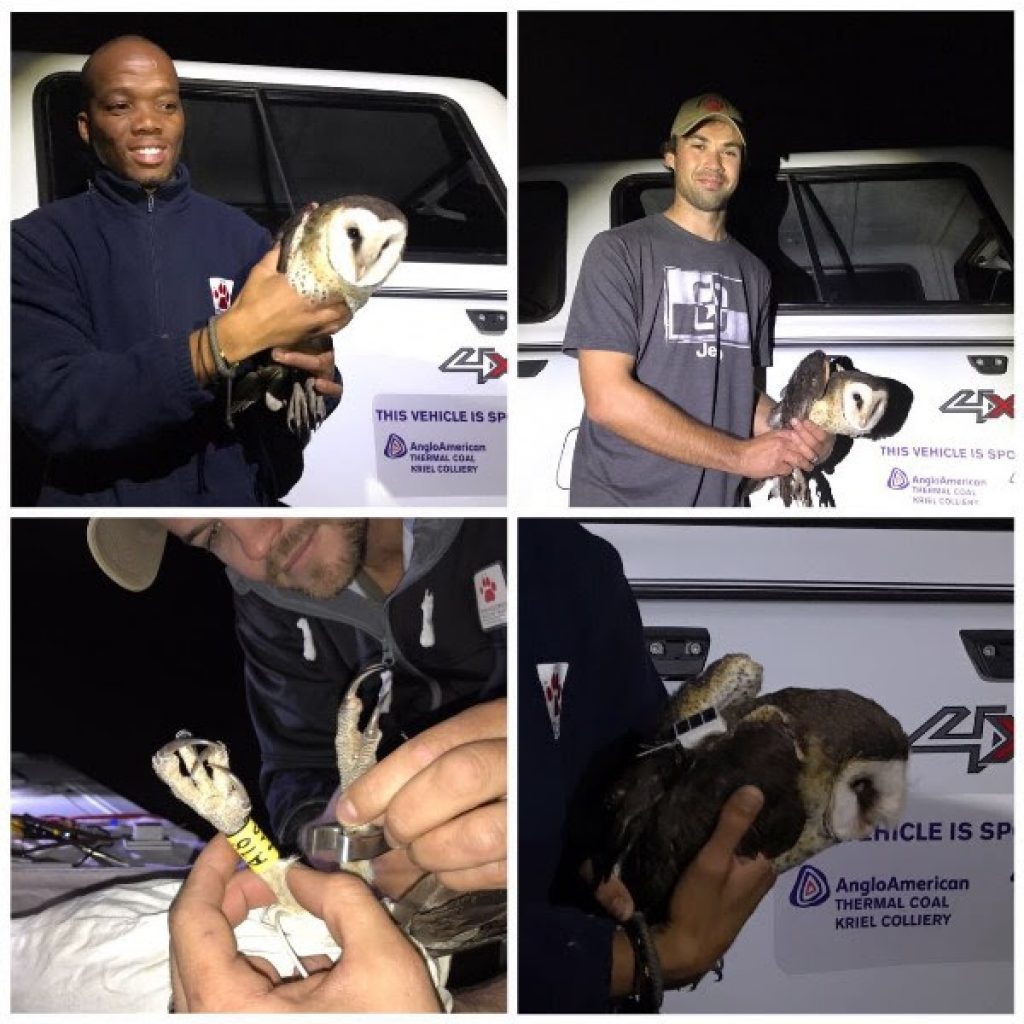
By Craig Macaskill Posted 2017-12-15 In Blog A conservation superhero has turned crime fighter, as the special owls he saves have led the way to a nest of stolen vehicles. Early on Tuesday morning, 5 December, the manager of the Endangered Wildlife Trust (EWT) Birds of Prey Programme, Dr Gareth Tate saw that, as usual, his Ford […]
Fisheries and the ocean economy

Deep-sea trawling, hake, Operation Phakisa, rock lobster, sardines, pilchards, abalone, squid, tuna, unreported and unregulated (IUU) fishing
Aquaculture
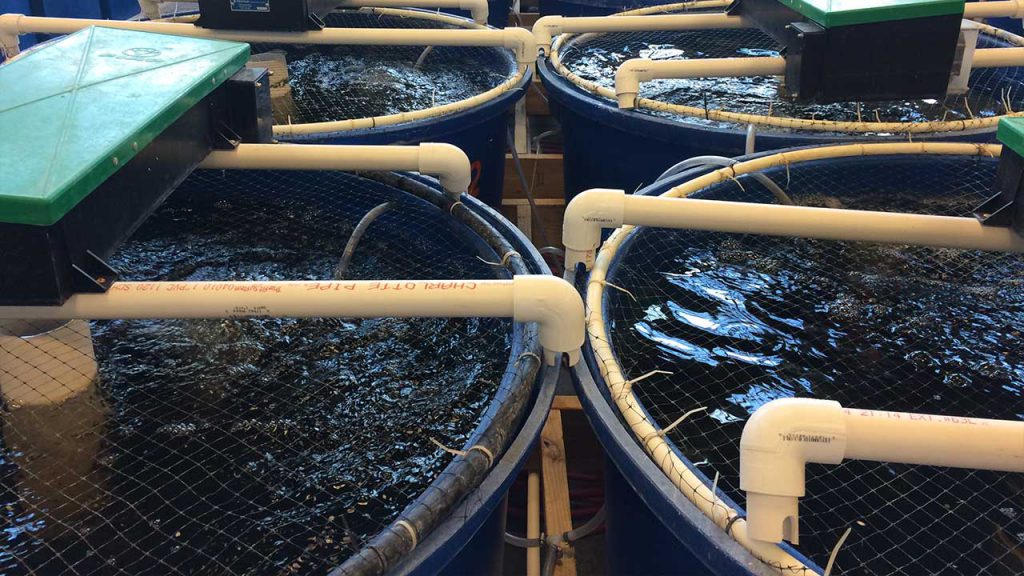
You are also encouraged to view the “Fisheries and Ocean Economy” and “Aquaponics” pages. Introduction The primary types (or branches) of aquaculture are marine aquaculture (saltwater / coastal), freshwater aquaculture (fresh water / inland) and brackish water aquaculture. Marine aquaculture is a branch of aquaculture involving the farming of marine plants and animals which is conducted […]
Famous Brands Cheese company and Coega Dairy empower communities with cash for cows
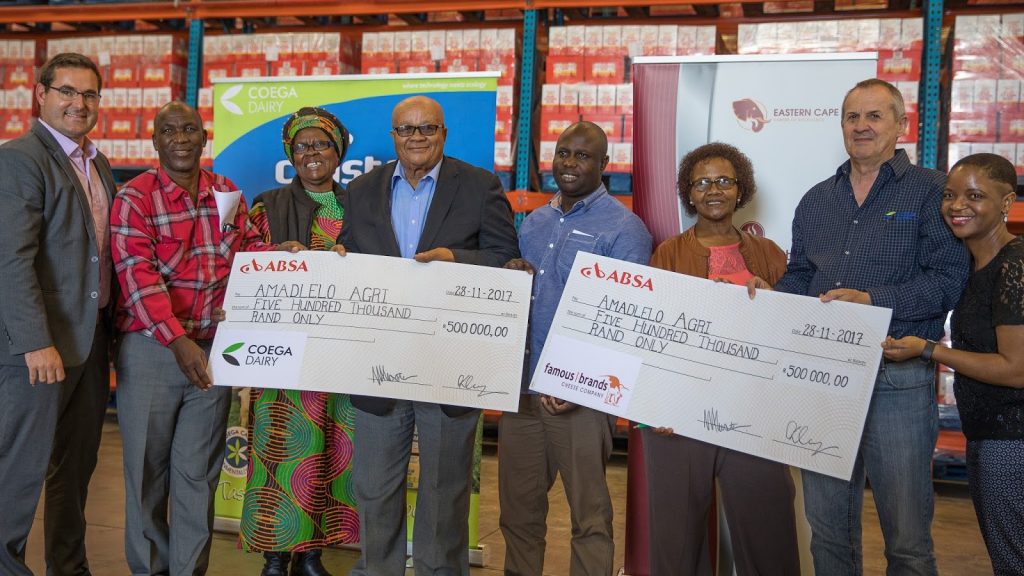
By Craig Macaskill Posted 2017-11-29 In Blog Famous Brands Cheese Company (FBCC) and Coega Dairy will collectively contribute R3 million to five black-owned community dairy farms in the Eastern Cape to finance the purchase of more than 300 dairy cows. The funds will be disbursed over a three year period, with FBCC and Coega Dairy […]
Of cattle and men
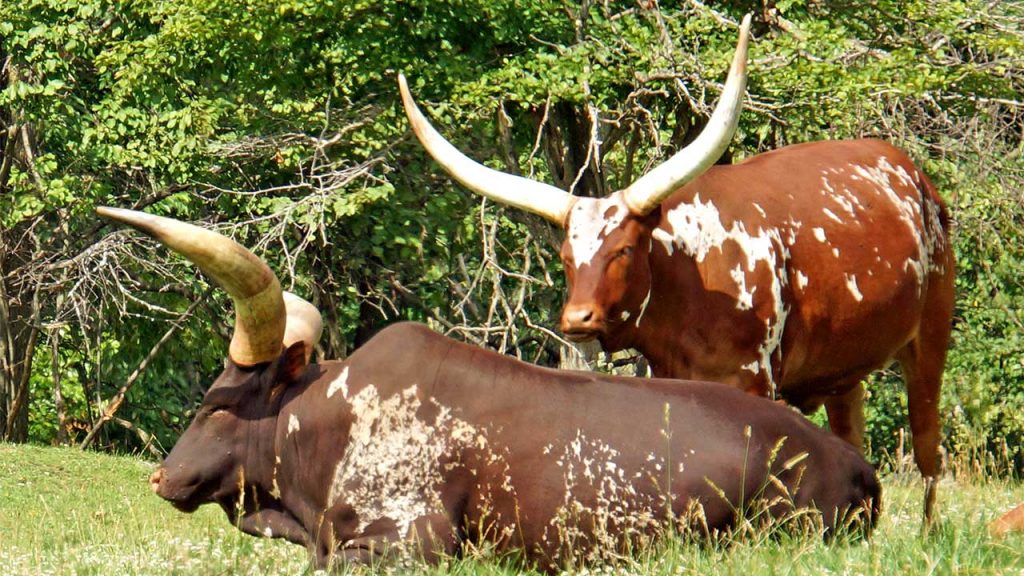
Cattle of Ages, by Cyril Ramaphosa (text) and Daniel Naudé (photography), has been released. For our overseas readers, Cyril Ramaphosa has a trade union background, and was Mandela’s right-hand man during the negotiations which allowed for a peaceful transition of political power to the African National Congress (ANC) in 1994. He was also Mandela’s […]
Beef Cattle Farming
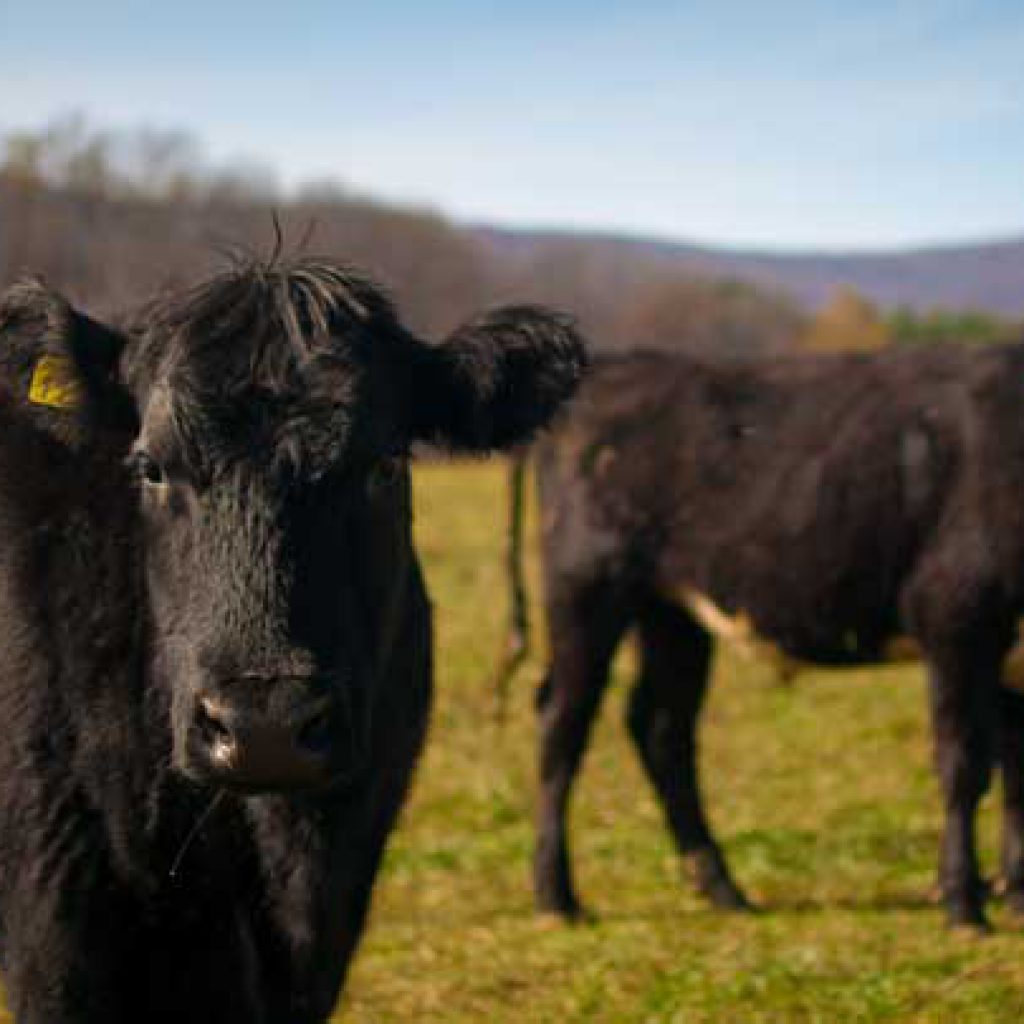
Introduction Our progress as nations and as the human race is marked by the meat, milk, hides, draught power that cattle have provided. They also are an investment, and have served as an indicator of wealth and as articles for barter. It is not for nothing that the idiom Dikgomo ke banka ya Mosotho (cattle are the […]
‘Expropriation without compensation’: Impact on food availability and affordability

By Craig Macaskill Posted 2017-11-03 In Blog Written by Theo Boshoff, Agbiz Head: Legal intelligence We must ensure that land reform happens, but in a sustainable way so that agricultural production and food supply remain vibrant over the coming years in order to prevent basic nutrition from becoming unaffordable. As it currently stands, Stats SA estimates that […]
Emerging farmer support
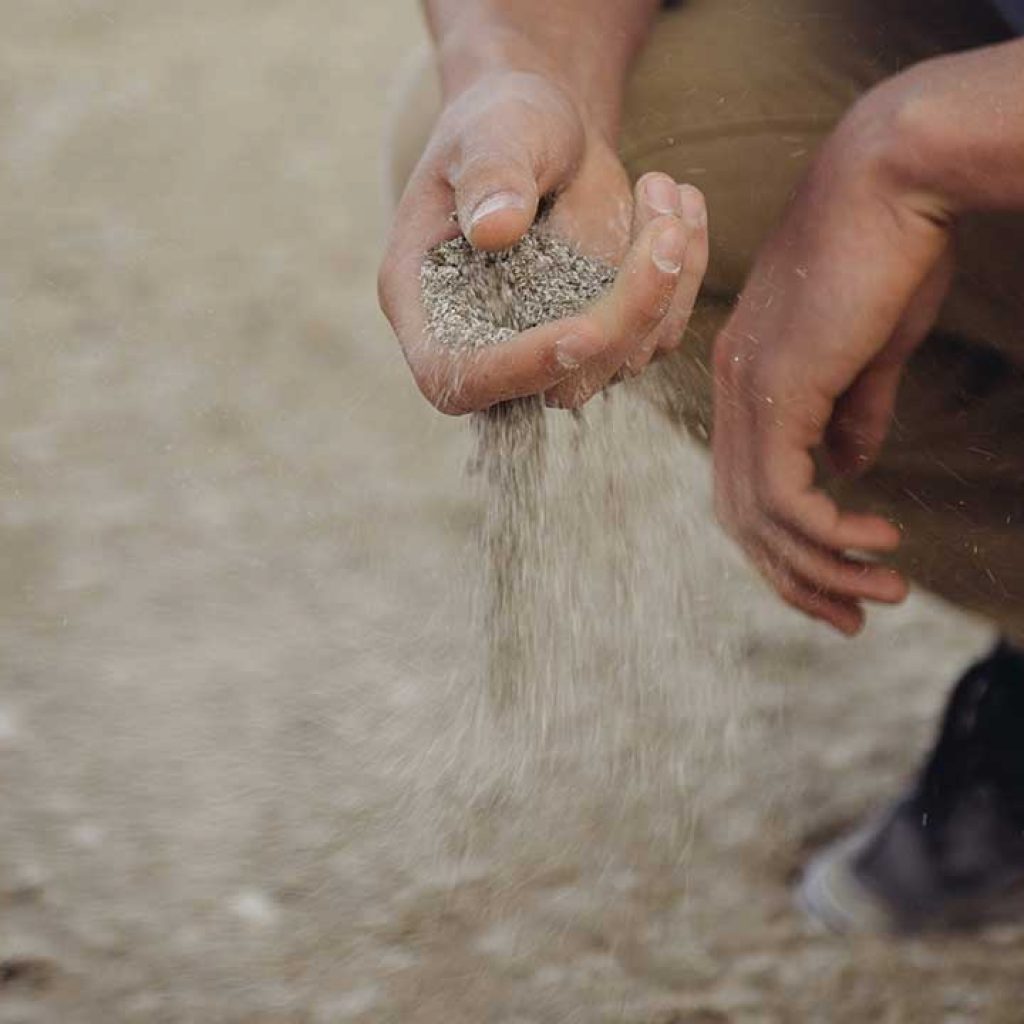
Introduction Small-scale farming is useful and should be supported. Entry levels are lower than for commercial farming; machinery and technology is not as sophisticated, and it creates food security for the families who are farming, allowing for economic activity. As pointed out in an article listed under the “Websites & publications” heading, agriculture does not have to […]
Fibre crops
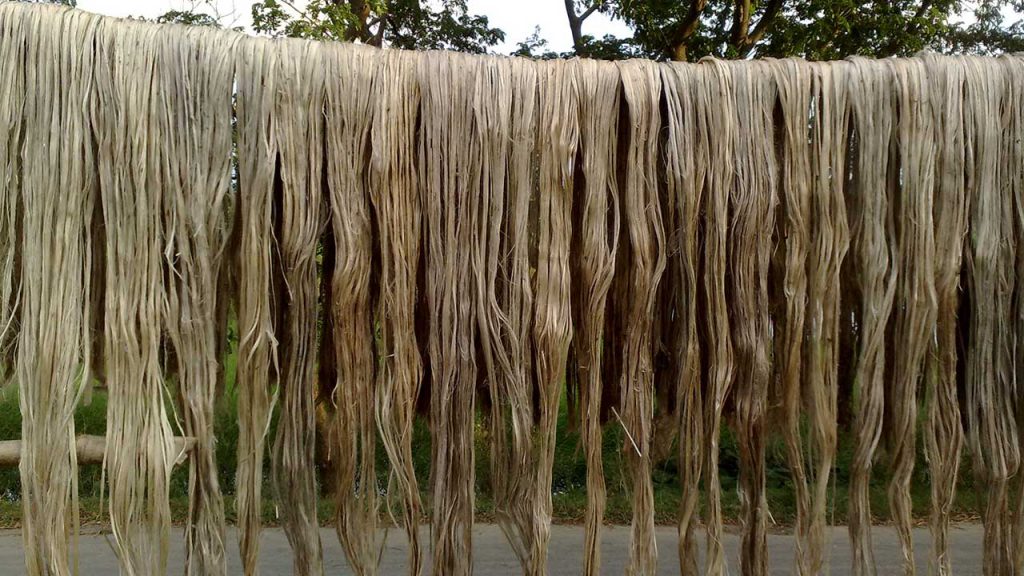
Baobab, coconut, flax, hemp, kenaf, sisal
Wheat
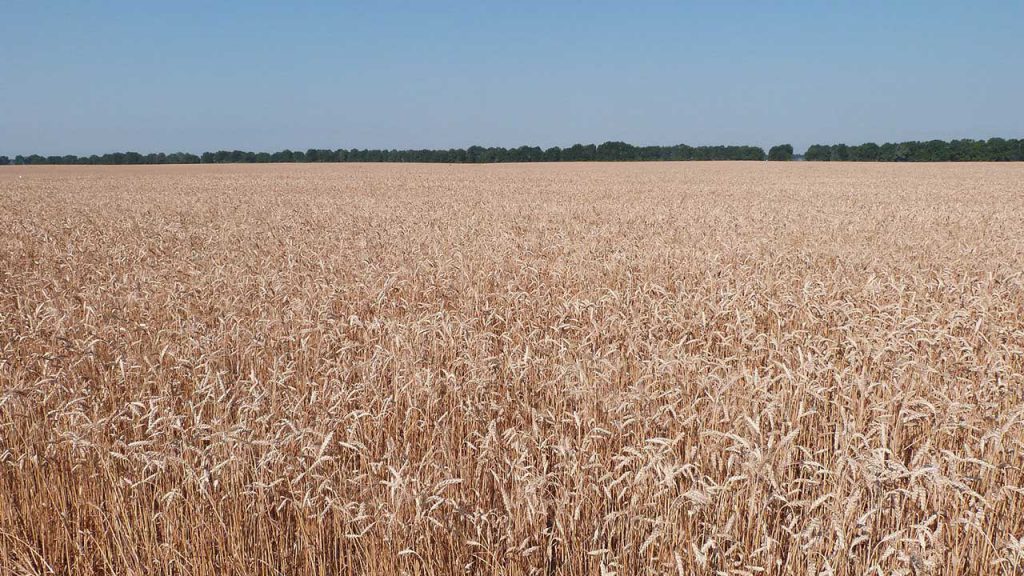
Introduction After maize, wheat is the second most produced food worldwide (rice is third). Wheat is mainly used for human consumption. It can also be used as seed and as animal feed. The grain is a staple food from which bread, biscuits, cake, cereal, pasta, noodles and couscous can be made. It is used for […]
